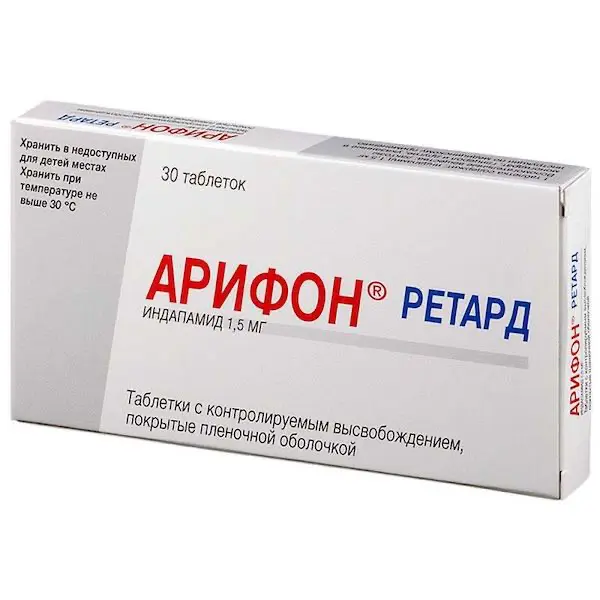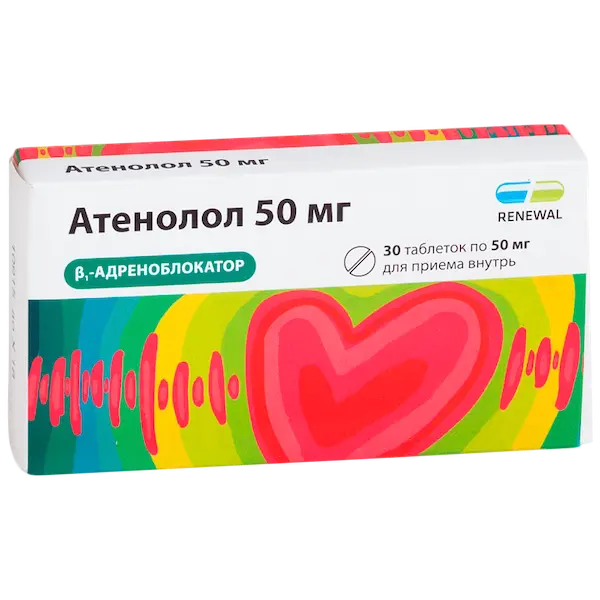Description
Zyllt Pharmacodynamics
Clopidogrel is a prodrug, one of the active metabolites of which is an inhibitor of platelet aggregation. To form an active metabolite that inhibits platelet aggregation, clopidogrel must be metabolized using cytochrome P450 (CYP450) isoenzymes. The active metabolite of clopidogrel selectively inhibits the binding of adenosine diphosphate (ADP) to P2Y12 receptors of platelets and the subsequent ADP-mediated activation of the glycoprotein complex GPIIb/IIIa, which leads to inhibition of platelet aggregation. Due to irreversible binding, platelets remain immune to ADP stimulation throughout the entire cell life cycle (approximately 7-10 days), and the restoration of normal platelet function occurs at a rate corresponding to the rate of platelet renewal.
Indications
Secondary prevention of atherothrombotic complications:
– In adult patients after a recent myocardial infarction (several days to 35 days old), a recent ischemic stroke (7 days to 6 months old), or diagnosed peripheral arterial occlusive disease, clopidogrel administration reduced the frequency of the combined end point which included recurrent ischemic stroke (fatal or not), recurrent myocardial infarction (fatal or not), and other cardiovascular death;
– in adult patients with acute coronary syndrome:
Acute coronary syndrome without ST-segment elevation (unstable angina/ myocardial infarction without Q-wave), including patients who should receive drug therapy and patients who are indicated for percutaneous coronary intervention (with or without stenting) or aortocoronary bypass (ACB). Clopidogrel administration reduced the incidence of the combined end point including cardiovascular death, myocardial infarction, or stroke and the incidence of the combined end point including cardiovascular death, myocardial infarction, stroke, and refractory ischemia;
acute myocardial infarction with ST-segment elevation. Administration of clopidogrel reduced all-cause mortality as well as the incidence of the combined end point, which included death, recurrent myocardial infarction, or stroke.
Prevention of atherothrombotic and thromboembolic complications in adult patients with atrial fibrillation (atrial fibrillation)
In patients with atrial fibrillation with an increased risk of vascular complications, therapy with indirect anticoagulants, which are vitamin K antagonists (VKA), has been shown to be associated with greater clinical benefit compared with the use of ASA alone or the combination of clopidogrel with ASA in reducing the risk of stroke.
Patients with atrial fibrillation (atrial fibrillation) with at least one risk factor for vascular complications who cannot take AVC (e.g., if there is a particular risk of bleeding, inability of the patient, according to the treating physician or if the patient does not accept AVC treatment), clopidogrel in combination with ASA is indicated to prevent atherothrombotic and thromboembolic complications, including stroke.
It has been shown that clopidogrel in combination with ASA reduced the incidence of combined endpoints including stroke, myocardial infarction, systemic thromboembolism outside the CNS or cardiovascular death, mainly by reducing the incidence of stroke (see subsection “Pharmacodynamics”).
Contraindications
– Hypersensitivity to clopidogrel or any of the excipients of the drug.
– Severe hepatic impairment.
– Acute bleeding, such as bleeding from a peptic ulcer or intracranial hemorrhage.
– Lactase deficiency, lactose intolerance, glucose-galactose malabsorption syndrome.
– Pregnancy and breast-feeding (see section “Administration during pregnancy and breast-feeding”).
– Childhood under 18 years of age (safety and efficacy of use have not been established).
Dosage and administration
- Clopidogrel should be taken orally, regardless of the time of meals.
- Adults and elderly patients
Myocardial infarction, ischemic stroke and diagnosed peripheral arterial occlusive disease
The drug is taken 75 mg once a day. - In patients with myocardial infarction, treatment can be started from the first days to day 35 of MI, and in patients with ischemic stroke (SI) – within 7 days to 6 months after SI.
Acute coronary syndrome without ST-segment elevation (unstable angina, myocardial infarction without Q-wave) - Treatment with clopidogrel should be started with a single loading dose of 300 mg and then continued with a dose of 75 mg once daily (combined with ASA in doses of 75-325 mg daily). Since the use of higher doses of ASA is associated with an increased risk of bleeding, the recommended dose of ASA for this indication should not exceed 100 mg.
- The maximum favorable effect is observed by the third month of treatment. The course of treatment is up to 1 year.
- Acute coronary syndrome with ST-segment elevation (acute ST-segment elevation myocardial infarction)
- Clopidogrel is administered as a single dose of 75 mg once daily with an initial single loading dose in combination with ASA and thrombolytics (or without thrombolytics).
- Combination therapy is started as soon as possible after the onset of symptoms and continued for at least four weeks. In patients older than 75 years, treatment with clopidogrel should be started without its loading dose.
- Atrial fibrillation (atrial fibrillation)
Zilt® is prescribed in dose of 75 mg once per day. In combination with clopidogrel it is necessary to start the therapy and then continue it with acetylsalicylic acid in dose of 75-100 mg per day. - Patients with genetically determined decreased CYP2C19 isoenzyme function
Decreased activity of CYP2C19 isoenzyme may result in decreased effect of clopidogrel. - The optimal dosing regimen for patients with decreased CYP2C19 isoenzyme activity has not yet been established.





